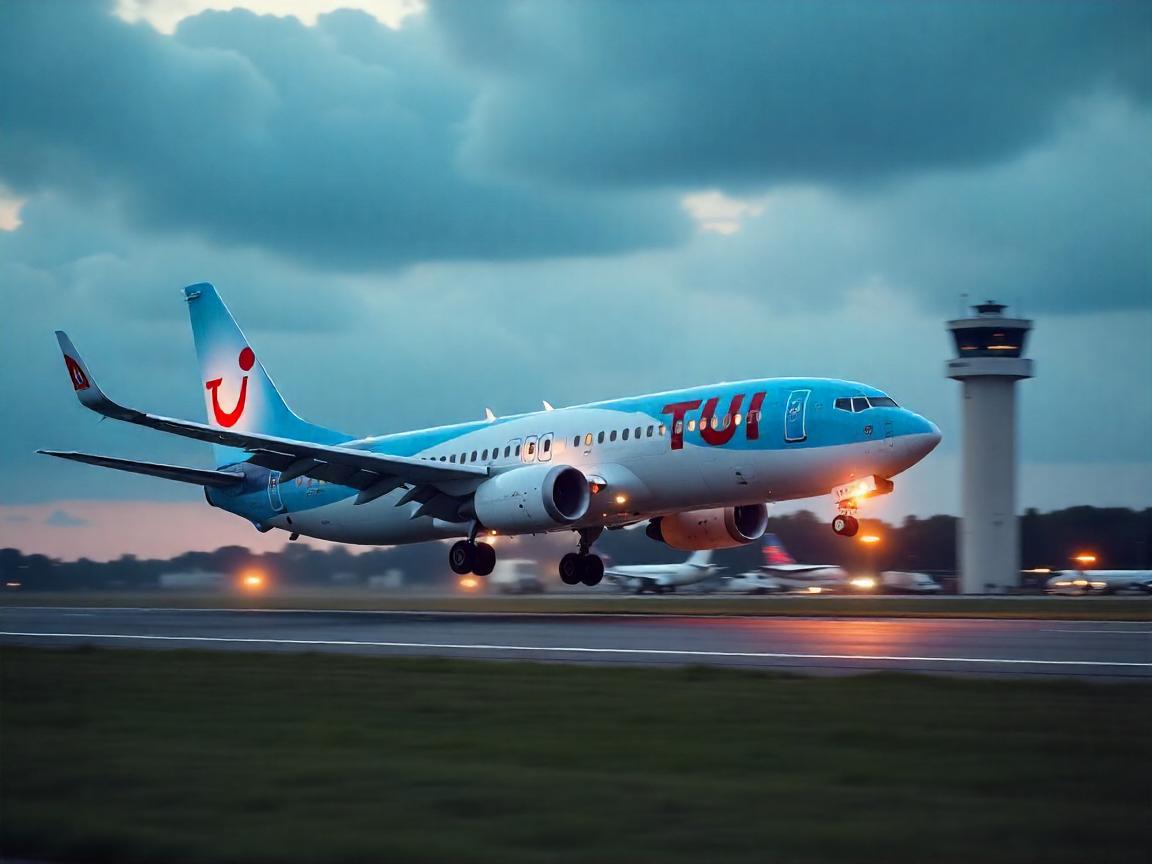The AI Content Revolution: A Scalable Shift with Compelling ROI in Marketing
MarketPulseSunday, Jun 29, 2025 1:00 am ET
![]() 63min read
63min read
The marketing landscape is undergoing a seismic shift, driven by AI-driven content creation tools that are redefining scalability and return on investment (ROI). With the global AI content creation market projected to surge from $9.3 billion in 2022 to $47.5 billion by 2030 (), businesses are increasingly adopting these tools to outpace competitors. But what makes this disruption so compelling—and where should investors place their bets?
AI's disruptive power lies in its ability to scale content production exponentially while reducing costs. By 2025, AI-generated content will account for 30% of all marketing materials, with tools like Jasper and Copy.ai enabling teams to produce content at twice the speed of traditional methods. This efficiency is amplified by AI's capacity to automate 75% of repetitive tasks by 2027, freeing human talent to focus on strategic creativity. For instance, AI-powered scriptwriting platforms are growing at an 18% annual clip, making high-quality video production accessible even to small businesses—a capability once reserved for large corporations.

The scalability extends beyond speed. AI tools like ChatGPT and Adobe Firefly enable real-time localization and personalization, allowing brands to tailor content for global audiences at a fraction of the cost. Consider e-commerce: 65% of companies now use AI for product descriptions, boosting conversion rates by up to 30%. This is not incremental improvement—it's a paradigm shift.
The financial case for AI is equally compelling. Over 90% of organizations using these tools report cost savings, with production costs dropping 20-30% by 2025. For cash-strapped startups and legacy firms alike, this is transformative. Even more striking is the SEO advantage: AI-generated blog posts rank 30% faster on Google than human-written content, directly driving traffic and revenue.
Meanwhile, AI chatbots—projected to generate $12 billion by 2027—are reshaping customer engagement. Companies like Sephora and Nike are using AI to provide 24/7 personalized recommendations, cutting service costs while improving satisfaction.
Critically, the ROI isn't just about cutting costs. AI enables brands to experiment at scale: A/B testing thousands of variations of ad copy or product pages to identify high-performing content. This data-driven approach minimizes wasted budgets and maximizes impact.
While AI's efficiency is undeniable, it is not a panacea. Human oversight remains essential to maintain brand voice, ethical standards, and emotional resonance. For example, AI-generated content can sometimes lack nuance or inadvertently perpetuate biases, requiring human editors to refine outputs.
The optimal strategy blends AI's scalability with human creativity. As one CMO recently noted, “AI is our 'idea generator on steroids,' but our team's expertise ensures we stay authentic.” This hybrid model is already yielding results: 76% of content marketers report producing higher-quality content at scale by combining AI tools with human curation.
For investors, the AI content revolution presents both direct and indirect opportunities.
The era of “more with less” is here. AI-driven content tools are not just a cost-saving measure—they're a strategic imperative for brands aiming to dominate in an increasingly crowded digital marketplace. Investors who back the leaders in this space will benefit from a multiyear growth cycle. However, the winners will be those who balance technological efficiency with the irreplaceable value of human insight.
In this revolution, the question is no longer whether to adopt AI, but how to integrate it wisely. For investors, the answer lies in backing companies that harness AI's power without losing sight of the human touch that fuels lasting connections.
Data as of June 2025. Past performance is not indicative of future results. Always conduct thorough research before making investment decisions.










